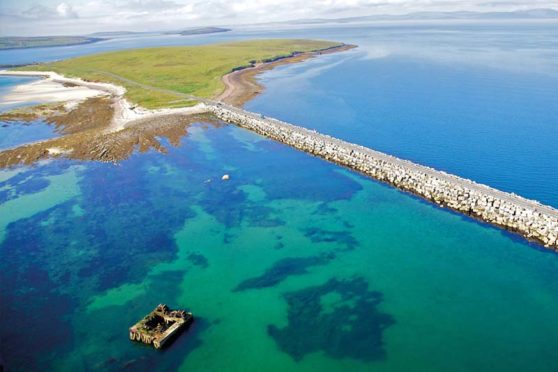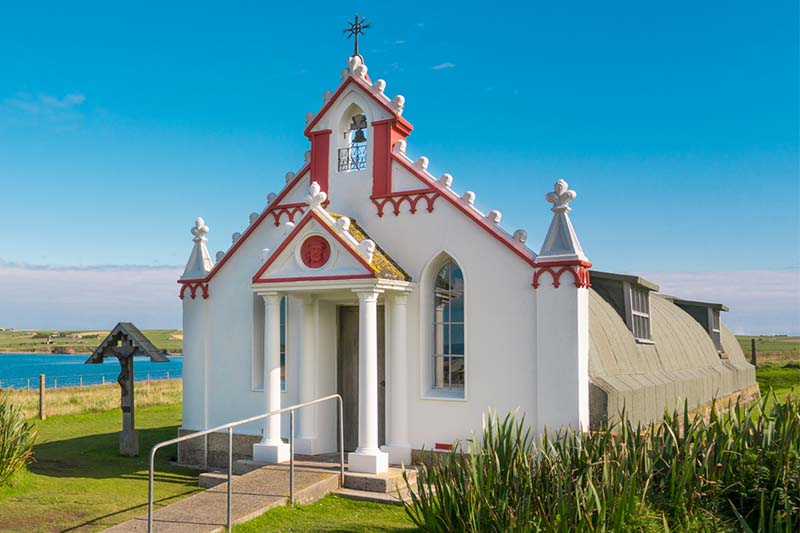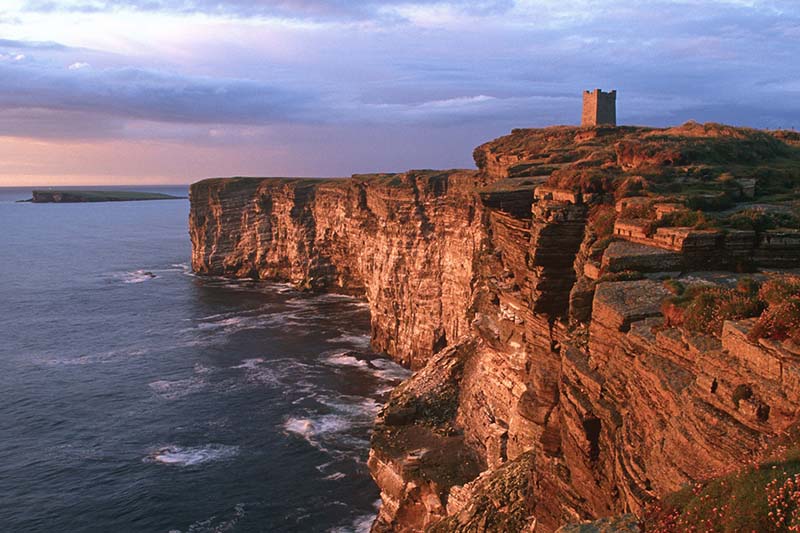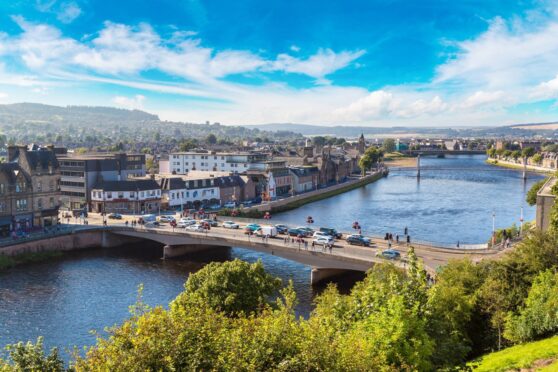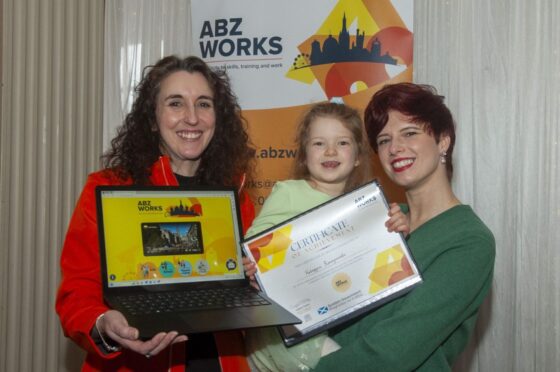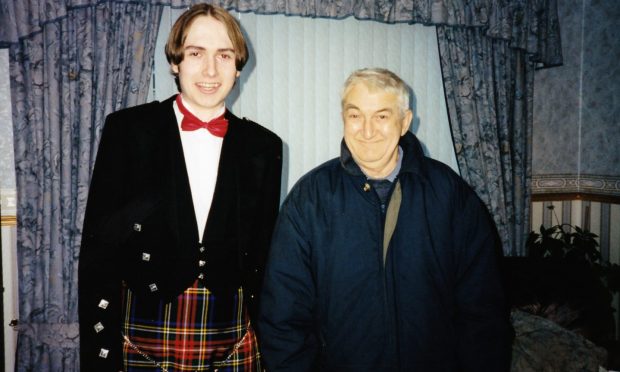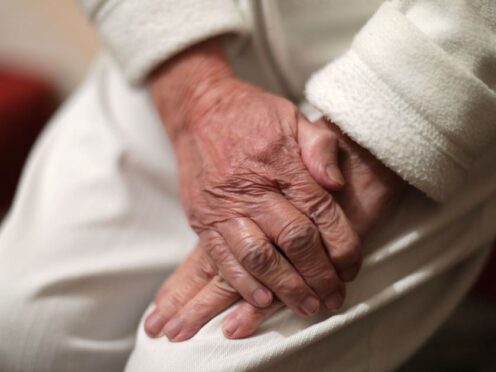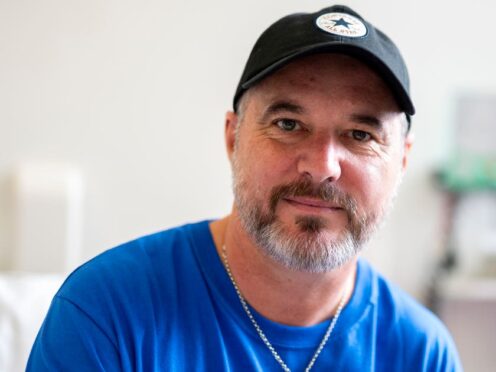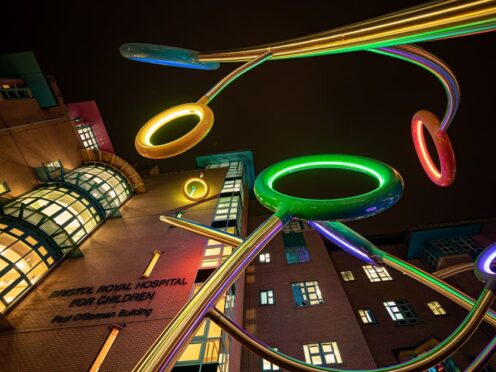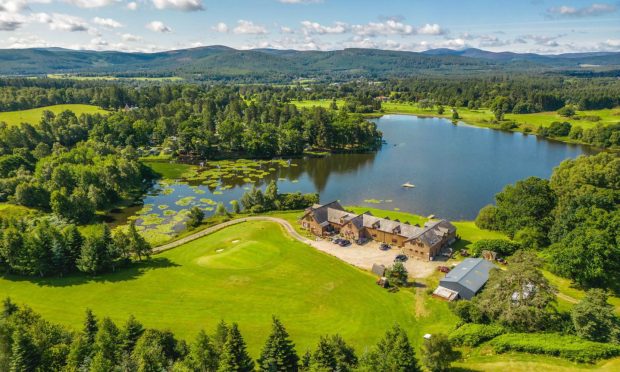As one of the northernmost points of the UK, Orkney played a pivotal role during both world wars. Its distance from the European mainland, sea access, and the natural protective ring created by Orkney mainland and its neighbouring smaller isles, made it the ideal location for Britain’s chief naval headquarters.
There are remnants and landmarks left over from the conflicts, and poignant memorials remembering those who tragically lost their lives, dotted around the islands. Perhaps one of the most iconic and unusual is the Italian Chapel.
In 1939, the sinking of the battleship “Royal Oak” in Scapa Flow by a German submarine led to Prime Minister Winston Churchill’s decision to create barriers to block off access to the Scapa Flow and protect the home fleet’s base.
However, there weren’t enough men on the islands to create the barriers (dubbed “Churchill Barriers”) so hundreds of Italian prisoners of war were sent to Lamb Holm and Burray to carry out the work.
Around 550 of the men were housed in Camp 60 on Lamb Holm, and it was here that following their requests for a proper place of worship, and with the help of camp priest, Father Gioacchino Giacobazzi, they persuaded camp commandant, Major Thomas Pyres Buckland to allow them to join together two Nissen huts to create a chapel.
Among the Italians in Camp 60 was an artist, Domenico Chiocchetti, who was given the task of leading the transformation of the huts. Assisted by his fellow soldiers, they combined their skills and used the limited materials available to create a spiritual home out of very little. They scavenged from wherever possible – wood from a wrecked ship, scrap metal and even corned beef tins.
Internally, the artist based his work on a prayer card given to him by his mother. It had an image of the Madonna and Child by Nicolo Barabino and it formed the inspiration for the painting at the altar. He surrounded it with cherubs and a scroll inscribed “Queen of Peace pray for us”. The rest of the interior was painted to depict brick walls, carved stones, vaulted ceilings and buttresses, with frescos of angelic figures and even stained glass windows competing the detailed paintwork.
On the exterior, Domenico Buttapasta, a cement worker, helped to cover the huts in a thick layer of concrete and built the ornate frontage with pillars, Gothic pinnacles, archway and a bell tower, and Camp 34’s artist Giovanni Pennisi sculpted a head of Christ from red clay.
The work on the Churchill Barriers was completed and the prisoners shipped out in September 1944, but Chiocchetti remained behind for two weeks to complete the font that he was working on. The chapel was only used for a short time, but over the years, the Chapel’s preservation committee have worked tirelessly to keep the chapel as beautiful as it was over 70 years ago. Domenico Chiocchetti even returned to Orkney in 1960 to assist with a restoration project.
Nowadays, mass is held in the Italian Chapel on the first Sunday of the summer months and it is open daily for visitors to explore.
Visitors to the chapel will also be able to see the Churchill Barriers at the east of Scapa Flow. They are a fine example of ingenious civil engineering built by courageous men, several of whom sadly lost their lives during the construction.
Today, the four barriers serve as causeways linking Orkney mainland, Lamb Holm, Burray and South Ronaldsay by road.
In addition to the Churchill Barriers and Italian Chapel, there are museums, defensive structures, watch towers, gun emplacements, concrete bunkers and memorials scattered across the islands, a tribute to, and poignant reminder of, these turbulent periods in Orkney’s history.
Now, you can follow Destination Orkney’s new wartime itinerary and explore Orkney’s wartime past and the story of how these peaceful islands became Britain’s heavily-defended northern fortress in two world war conflicts. Find out more here.
